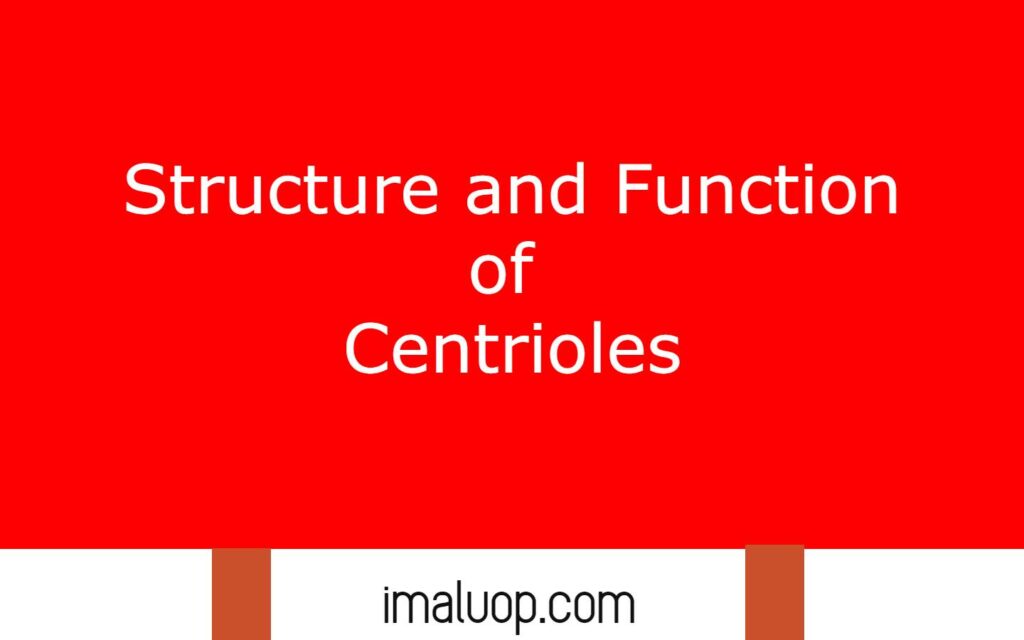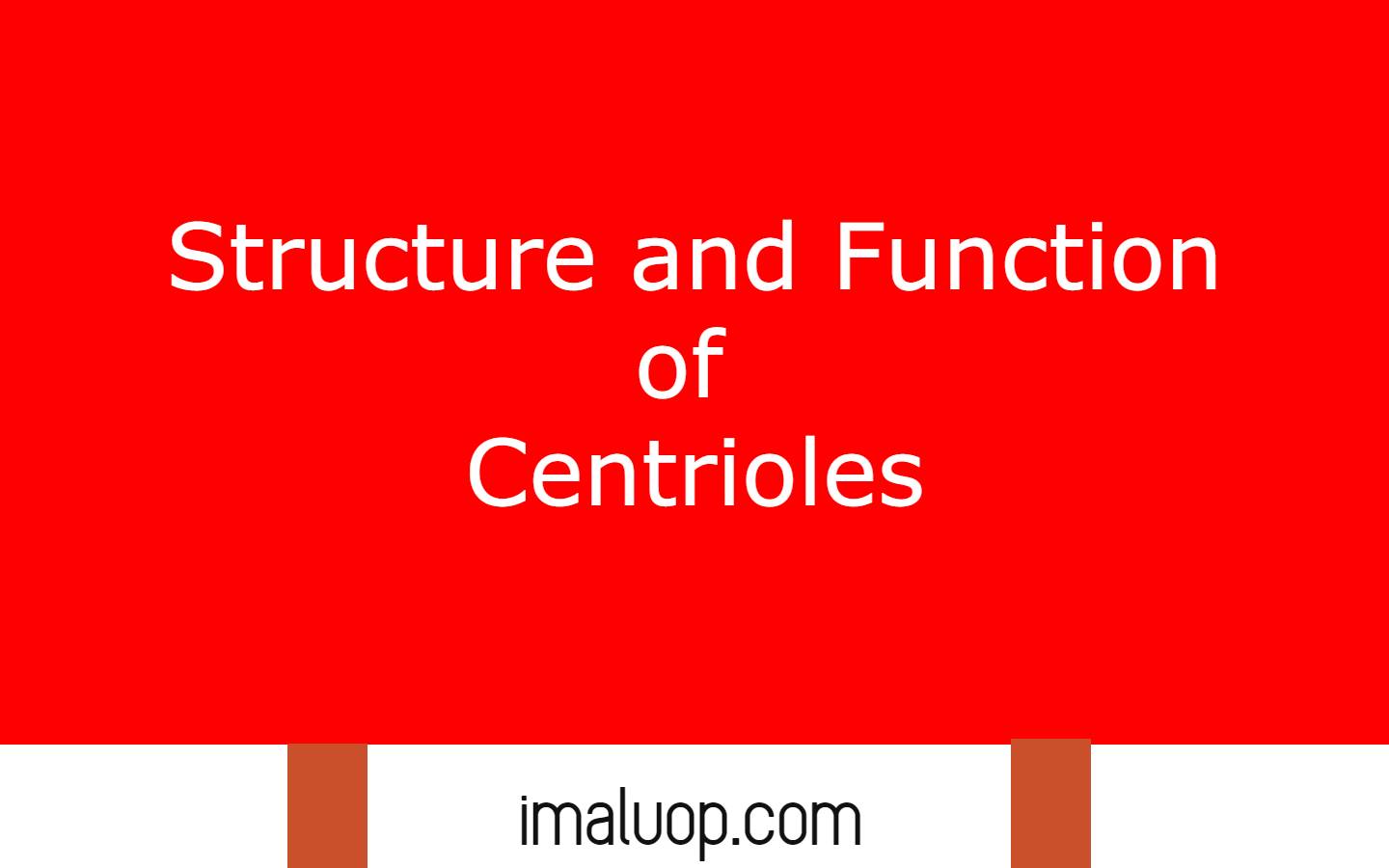Hi, now we are going to discuss a special cell organelles centrioles along with the structure and function of centrioles and we have already discussed all important cell organelles in a cell, the structure and function of the cell wall.
Basic Idea About Centrioles:
We will discuss its structure and then their specific role in a cell but before we go into more detail we should give you a basic idea about the cell organelles centrioles and now we only focus on the general overview of centrioles.
If you carefully observe an image inside the eukaryotic cells then you will find two rod shaped structures present near the nucleus they are known as centrioles and centrioles are made of microtubules.
Centrioles generally present in animal cell but in some plant cell they also present, for example in moss, fern and in algae centrioles are present but in red algae they are not present one more features of centrioles is they are membrane less cell organelles but they only present in eukaryotic cells.
So they present in eukaryotic cells but it does not mean that all eukaryotic organisms have centrioles as we discussed earlier that red algae do not have centrioles, Amoeba are eukaryotic but do not have centrioles, conifers and all flowering plants do not have centrioles, it also absent in yeast cell.
Centrioles are known for participating in spindle fibres formation in cell division to guide the chromosome during division and also take part in formation of basal body from which flagella and cilia originated in case of some cell where flagella and cilia present for different purposes.
Structure of Centrioles:
In a eukaryotic cells centrioles present in two form either in the form of centrioles near the nucleus or below the cell membrane form basal body for flagella and cilia and they show great variation in size, their length from 0.2 micrometres to 8 micrometres and their shape is cylindrical hollow rod like structure.
The two centrioles near the nucleus form centrosomes and in centrosomes the two centrioles are present at right angles to each other and they are visible in light microscopy but their detailed structure is only visible to electron microscopy.
If you see the centrioles in the transverse section under the electron microscope then you will understand the detailed structure of centrioles which looks like a cartwheel in their transverse section with central hub and peripheral spoke.
The structure of centrioles is known as 9+0 triplet fibril structure because the centrioles have 9 peripheral triplet fibrils and in the centre no fibrils present only a proteinaceous rod called hub present.
The peripheral triplet fibrils have three sub fibres and they are named as A,B and C, the innermost sub fibres is known as A sub fibres, the middle sub fibre is known as B while the outermost peripheral sub fibre is known as C sub fibre and the three sub fibres are again made of microtubules which are known as protofilament.
The three sub fibres are joined side by side so the adjacent sub fibre share 2-3 protofilament, suppose the A sub fibre is complete but the B and C sub fibres are not complete because they share the protofilament of adjacent sub fibres.
From the central hub nine peripheral proteinaceous structures arise which are known as spoke and the spoke extend upto the peripheral region and join with the innermost sub fibres A and the spoke and central hub give the centrioles a cartwheel like appearance.

Functions of Centrioles:
As we discussed earlier that centroles is necessary for those cell in which spindle is formed during the arrangement and movement of chromosome for division of genetic material, since in all animals cell spindle formation is necessary during cell division so in all animals cell centrioles present near the nucleus and participate in spindle formation during cell division.
In cells different motile structures are present like flagella and cilia and they are also made of microtubules and originate from a structure known as basal body, so centrioles have a great role in formation of cilia and flagella.
Hi Everyone!!! Welcome to Imaluop. Imaluop always try to learn some new and he want to share to other people. Here we will try to learn various topics on Science, specially on Biological Sciences.
